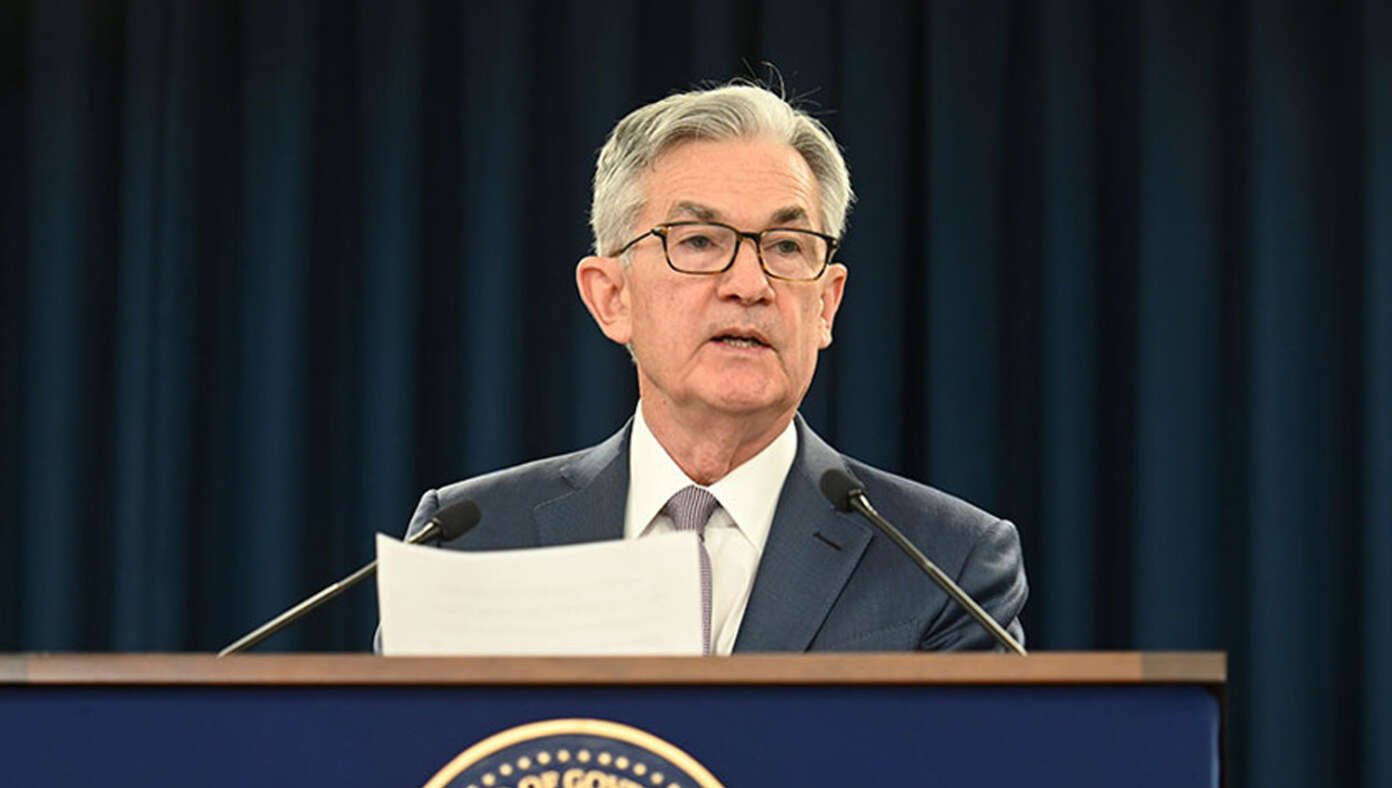
A member wrote:
Each of these great city states, and smaller ones, built up their own private navies to protect shipping—and were made incredibly rich as the dominators of Mediterranean trade.
Several comments. First “anarcho-capitalism” (used before the quoted passage) is an invalid concept. There is no more validity to “anarcho-capitalism” than to “state capitalism” or “crony capitalism.” Anarchism is a form of collectivism.
Second, private navies are not per se anarchist. A government is not obligated to provide protection outside its borders.
Thirdly, “dominators” is an ambiguous concept. If certain city-states “dominated” in the use of force, so that traders’ lives and property were safe from pirates and other attacks, that would be a good thing, but it is unlikely to be the explanation of that city-state’s “domination” in the capitalist sense of trade, money, profit.
I could imagine a situation in which business in country A faces much higher risk than is faced by other countries, due to say there being roaming bandits in A. That would raise costs in A and lead business to avoid A in favor of doing business in and with safer countries. But that would be a relatively minor factor.
Fourthly, though nation A can enjoy a higher volume of trade than does nation B, there’s no competition among nations. More trade, if based on more production, is good for everyone. The citizens of nation B should be deeply grateful to the productive members of nation A if some individuals in A are able to create even more value than any in B.
Nations don’t compete with each other. Firms in the same line of work compete with each other. Ford competes with Toyota, but American battery-makers don’t compete with Ford or Toyota; they sell to both. The same applies to Japanese auto-parts makers who sell to both Toyota and Ford.
There is no such thing as one nation winning economically over another, and no such thing as one nation being outcompeted by another.
Trade is the exchange of values. It occurs between producer and producer (money to buy foreign goods is earned by producing something).
Trade occurs when both sets of producers find there is something to be gained, selfishly, by trading product for product (using money as the intermediary).
Producers in nation A only gain by trading with the producers of nation B.
But it is possible, in the short run, for all or most of the producers in nation B to lose the trade they had with nations C, D, E, . . . Z.
Imagine that everyone in Singapore were producing, for export, rugs. Some other country could outcompete them in the worldwide sale of rugs.
In that case, the Singaporeans need to shift their production to some area of production in which they now have a comparative advantage—say, making bicycles.
They will be paid more real wealth for bicycles than they had been getting for rugs. Why? Because the nation that bested them in rug-production, consequently has more wealth to spend on things, including bicycles.
The perspective that’s so rare today is this: the problem is to produce more, more cheaply, and to produce new or improved goods. The problem is not to “find a buyer”: if Singapore-made bikes are better and/or cheaper, buyers will flock to them. The issue is not people but the facts of reality: how to increase productive efficiency.
Objection: but there are transition costs; Singaporeans have been making rugs for centuries—it’s handed down from generation to generation.
Reply: Then it’s time for a shake-up.
There’s no right to stagnate, no right to make your living as your father and grandfather did. If you want to get the products of the modern world, you have to move up to the modern world.
In reality in any civilized country, young people are looking for careers in coding or marketing or some other contemporary line of work. They usually are not interested in doing the same kind of work their fathers and grandfathers did.
As long as we’re returning to reality, leaving behind the Marxian-medievalist fantasy world, I should note that in no country with a population over 5000 is everyone in the same line of work, and doing it to export the product abroad. There is always a range of things being exported. So, as some companies are losing sales to more efficient foreign producers, other companies are gaining. Singaporeans are already making rugs and bikes (and seafood and grain and plastic parts and . . .)
When one nation shakes up the status quo by selling cheaper and better products, that’s good for the whole world. It’s even good, in the long run, for the companies outcompeted.
The time-slice view is misleading. A free market is a dynamic array of people jockeying around, making adjustments and arbitraging. This smooths out discontinuities—all around the globe. Changes at the margin are a constant feature of capitalism.
To illustrate change “at the margin,” imagine that some Singaporean rug factory worker is also a software developer at night; changing conditions might motivate him to work fewer hours at the factory and more on coding. And another rug worker might take early retirement.
Here, I’m trying to replace the mental image of an economy with only rug-makers who tomorrow morning have to try to set up a bike factory. I’m trying to replace that absurd image with the understanding that there are thousands of professions and little adjustments go on all the time—at the margin.
In Trump’s “mind,” America is a nation of manufacturers. And manufacturing, he believes, has declined. Actually, American manufacturing output is setting new records. But employment in manufacturing has declined. That’s good. It means America can manufacture more efficiently—i.e., with less labor—i.e., at lower cost. And the workers liberated by that increase in efficiency are now doing other work.
But the point of this post is that if we had been losing manufacturing output due to the rise of more efficient producers in other countries, that would have been grounds for celebration.
Oregon State University pigment researchers are using a rare mineral discovered in Norway more than a century ago as a road map for creating new yellows, oranges and reds that are vibrant, durable, non-toxic and inexpensive.
The new pigments also carry energy-saving potential: Their ability to reflect heat from the sun means that buildings and vehicles coated in them will require less air conditioning.
The study led by Mas Subramanian, who made color history in 2009 with the discovery of a vivid blue pigment now known commercially as YInMn Blue, was published in Chemistry of Materials.
Funded by the National Science Foundation, the work centers around the crystal structure of thortveitite, a silicate containing scandium and yttrium. A silicate is any compound featuring silicon and oxygen.
Thortveitite isn’t known for vibrant colors, but by introducing the abundant elements nickel, zinc and vanadium into a thortveitite-like crystal lattice, scientists have produced a collection of intense yellow, orange and reddish pigments.
“The resulting color depends on the concentration and structural environment of divalent nickel, which is the primary chromophore responsible for the color,” said Subramanian, University Distinguished Professor of Chemistry and the Milton Harris Professor of Materials Science in the OSU College of Science.

Chromophores are the parts of a molecule that determine color by reflecting some wavelengths of light while absorbing others.
“Although divalent nickel is known to produce yellow and green colors in inorganic compounds, it rarely produces oranges and/or reds,” Subramanian said. “The discovered pigments are stable under high temperatures and in acidic environments with no change in the structure or color properties, and they can be made in air at relatively low temperatures, around 750 degrees Celsius, which makes large-scale production feasible.”
Subramanian notes that the search for vivid inorganic pigments has been going on throughout recorded history, often with limited success due to stability and toxicity problems.
“Because of that, currently used inorganic yellow, orange and red pigments are being phased out for use in large-scale coatings and color applications,” he said. “A few replacements have been suggested but they all have stability issues and most are not commercially viable.”
In 2009, Subramanian made a chance discovery that rocked the color world when, while experimenting with new materials for electronics applications, he came upon a deep, bright, durable blue. It was the first new inorganic blue to be discovered in more than two centuries. Among its other achievements, YInMn Blue – named for components yttrium, indium and manganese – inspired a new Crayola crayon color: Bluetiful.
“Most pigments are discovered by chance,” Subramanian said. “The reason is because the origin of the color of a material depends not only on the chemical composition, but also on the intricate arrangement of atoms in the crystal structure. So, someone must make the material first in a laboratory, then study its crystal structure thoroughly to explain the color.”
Since discovering YInMn Blue, Subramanian has been working on a rational design approach to take some of the luck out of the pigment search process. However, despite recent advancements in quantum mechanical theories and computational methods, predicting a crystal structure that will produce an intense inorganic pigment of a desired color is still tricky.
“Serendipity will still play a role in new pigment discoveries as science doesn’t always follow a prescribed path, and that adds to the excitement of doing color research,” said Subramanian, the 2025 American Chemical Society National Award winner in inorganic chemistry. “But our approach holds the promise of accelerating the development of new pigments with targeted colors and functionalities. More and more, we’re gaining an understanding of the complex interplay between chemical composition, crystal structure and light interaction to precisely control the absorption and reflection of light across the visible spectrum.”
Collaborating with Subramanian were OSU’s Yi-Chia Lin, Anjali Verma and Jun Li, and Arthur Ramirez of the University of California, Santa Cruz.


WASHINGTON, D.C. — Federal Reserve Chair Jerome Powell confirmed Tuesday he will not lower interest rates until he can be sure it won't help President Trump.


